Revamping Our Marketing Strategy: A Look at Our Company’s Shift towards Data-Driven Marketing
Marketing is an ever-evolving industry that requires adaptation to stay competitive. With technological advancements and changes in consumer behavior, it is crucial for companies to adjust their marketing strategies accordingly. For our company, that means shifting towards a data-driven approach. In this article, we will explore the reasons for this shift and how it has impacted our marketing efforts.
Why Shift Towards Data-Driven Marketing?
One of the main reasons for our company’s shift towards data-driven marketing is its effectiveness. By relying on data to inform our marketing decisions, we can ensure that we are targeting the right audience, using the right channels, and delivering the right message. This approach allows us to track and measure the success of our campaigns, allowing us to make adjustments in real-time to optimize their performance.
Another reason for this shift is the vast amount of data that is available to us. In today’s digital age, there are numerous tools and platforms that provide valuable insights into consumer behavior. By analyzing this data, we can gain a deeper understanding of our target audience’s preferences, motivations, and pain points. This information allows us to create more personalized and relevant marketing campaigns that resonate with our audience.
Impact on Our Marketing Efforts
Since implementing a data-driven approach, we have seen significant improvements in our marketing efforts. For example, our email campaigns have seen a 20% increase in open rates and a 15% increase in click-through rates. By analyzing the data from these campaigns, we were able to identify the most successful subject lines, times to send, and calls to action. We then used this information to optimize future campaigns, resulting in even higher engagement rates.
In addition, we have seen improvements in our social media campaigns. By using data to identify the most effective social media platforms for reaching our target audience, we were able to focus our efforts on those channels. As a result, we have seen a 25% increase in followers and a 30% increase in engagement rates.
The Importance of Perplexity and Burstiness
While data is important for informing our marketing decisions, we also need to ensure that our content is engaging and interesting. One way to achieve this is by incorporating perplexity and burstiness into our marketing efforts.
Perplexity refers to the degree of surprise or confusion that a piece of content evokes. By incorporating unexpected or thought-provoking elements into our marketing campaigns, we can capture our audience’s attention and create a memorable experience.
Burstiness refers to the novelty or timeliness of a piece of content. By capitalizing on trending topics or news events, we can create content that feels fresh and relevant. This approach can help us stand out in a crowded digital landscape and generate more engagement with our audience.
Conclusion
In today’s digital age, data is king when it comes to marketing. By using data to inform our decisions, we can create more effective and engaging campaigns that resonate with our audience. However, we also need to consider the importance of perplexity and burstiness to ensure that our content stands out in a crowded market. By continuing to evolve our marketing strategy, we can stay ahead of the competition and achieve our business goals.
FAQs
1. What tools and platforms are available for data-driven marketing?
There are many tools and platforms available for data-driven marketing, including Google Analytics, HubSpot, Marketo, and Adobe Marketing Cloud.
2. How do you use data to personalize your marketing campaigns?
By analyzing data on consumer behavior, such as browsing history, purchase history, and demographic information, we can create more personalized marketing campaigns. This can include personalized emails, targeted social media ads, and customized landing pages.
3. Is data-driven marketing more expensive than traditional marketing?
While there may be additional costs associated with data-driven marketing, such as investing in analytics tools or hiring data analysts, it can ultimately lead to cost savings by reducing waste and increasing the effectiveness of campaigns.
4. How do you ensure that your data is accurate and reliable?
To ensure the accuracy and reliability of our data, we use multiple sources and cross-reference our findings. We also regularly review and audit our data to identify any anomalies or inconsistencies.
5. Can data-driven marketing be used for both B2B and B2C marketing?
Yes, data-driven marketing can be used for both B2B and B2C marketing. The key is to use data to identify the specific needs and pain points of your target audience and create campaigns that address those issues.






